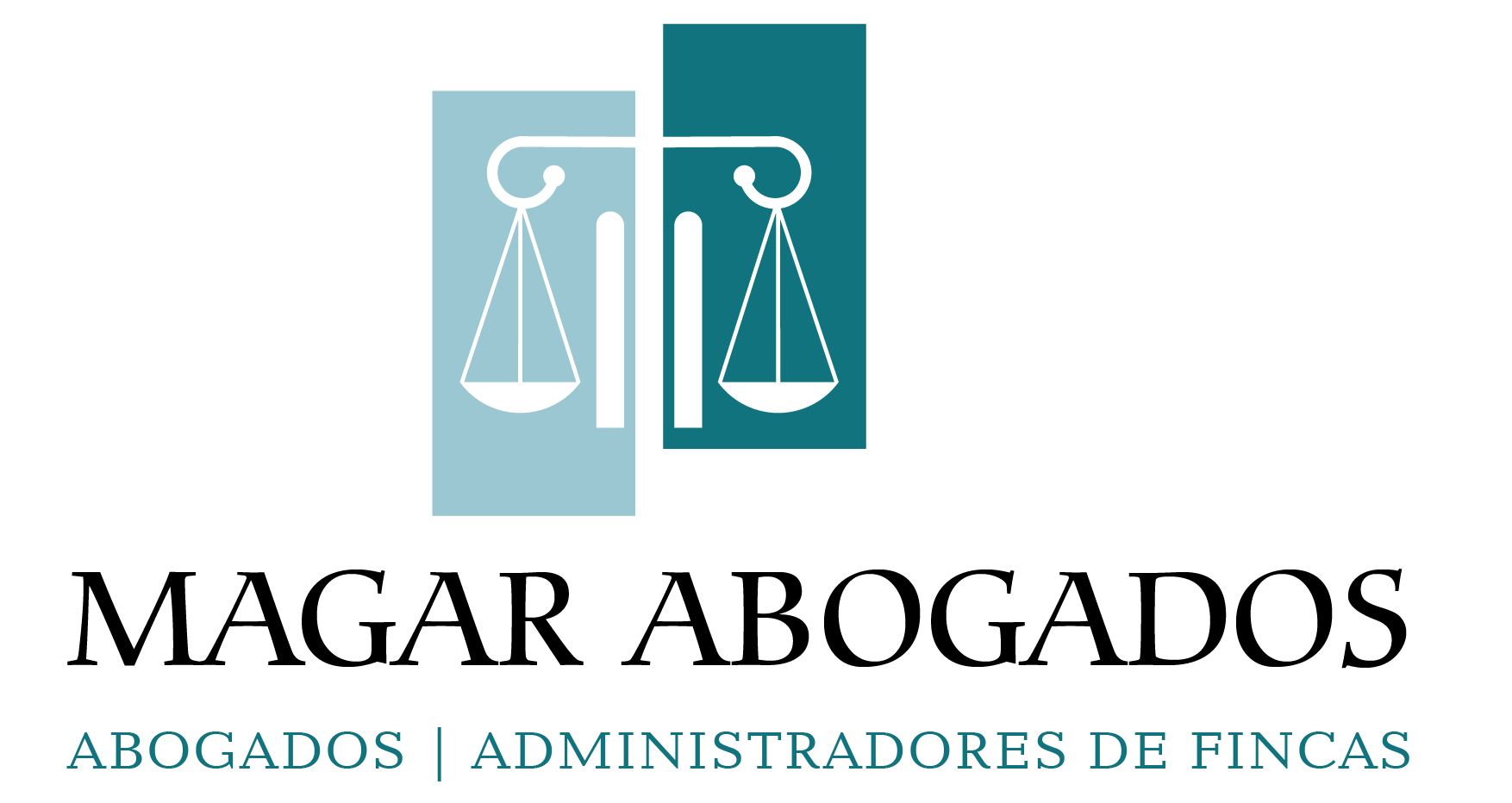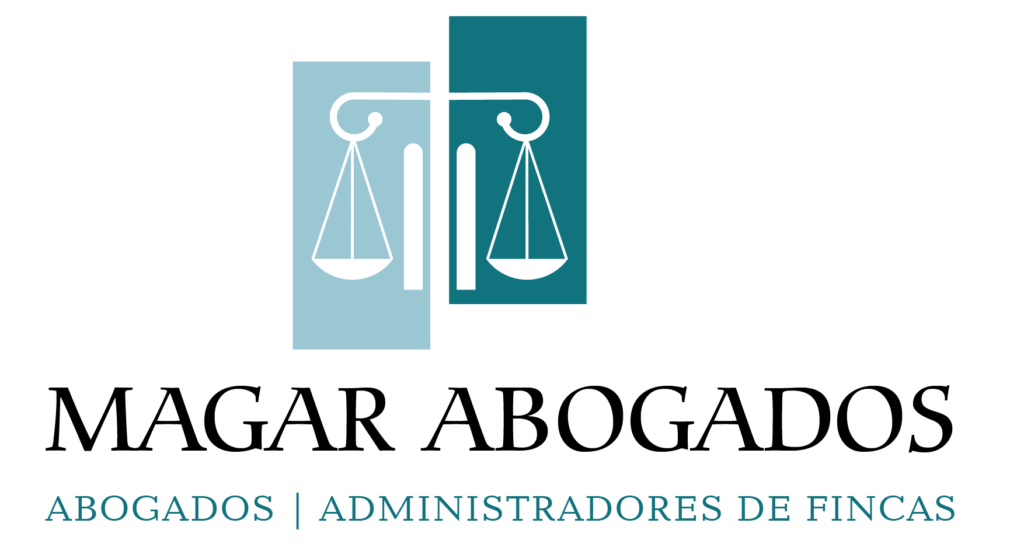In general, the cost of debt is viewed as a “cheaper” source of capital up to a certain point, as long as the default risk is kept to a manageable level. IG International Limited is licensed to conduct investment business and digital asset business by the Bermuda Monetary Authority. That depends on the business’s sector and the degree of leverage of its corporate peers. Amanda Bellucco-Chatham is an editor, writer, and fact-checker with years of experience researching personal finance topics. Specialties include general financial planning, career development, lending, retirement, tax preparation, and credit.
It also includes other interest-bearing liabilities such as pension obligations, lease liabilities, etc. E stands for shareholders equity which includes common stock, additional paid-up capital, retained earnings, irredeemable preferred stock, etc. Conversely, equity ratio gives a measure of how financed a firm’s assets current value accounting are by shareholder’s investments. A gearing ratio is a financial ratio that compares some owner equity (or capital) form to funds lent by the company. One can also calculate net gearing by dividing the total debt by the shareholders’ equity.
What Is Shareholders’ Equity?
Fewer shares outstanding can result in less share dilution and potentially lead to an elevated stock price. For each year, we’ll calculate the three aforementioned gearing ratios, starting with the D/E ratio. If a company were to have a high D/E ratio, the company’s reliance on debt financing to fund its continuing operations is significant. For this reason, it’s important to consider the industry that the company is operating in when analyzing it’s gearing ratio, because different industries have different standards. When looking at a company’s gearing ratio, be sure to compare it to that of similar businesses.
As a simple illustration, in order to fund its expansion, XYZ Corp. cannot sell additional shares to investors at a reasonable price. Find out how to calculate a gearing ratio, what it’s used for, and its limitations. The last thought would be the company needs to maintain an adequate debt ratio that fits its best.
Gearing ratios provide an insight into how a company funds its operations, relative to debt and equity. Using gearing ratios as part of your trading fundamental analysis strategy helps to provide crucial financial ratios that can be utilised to make smarter trading decisions. Continue reading to learn about key features of gearing ratios and how they can support your decision-making.
Companies and Financial Gearing
As shown by the table above, Walmart has reduced debt in its capital structure over the last five years, from 74% of the equity in 20X4 to just 60% of the equity in 20X8. There are several ways a company can try to indirectly manage and control its gearing ratio, usually by profit, debt and expense management. Below is a screenshot from CFI’s leveraged buyout (LBO) modeling course, in which a private equity firm uses significant leverage to enhance the internal rate of return (IRR) for equity investors. We will first calculate the company’s total debt and then use the above equation.
Understanding Gearing
Entities with a high gearing ratio have higher amounts of debt to service. Companies with lower gearing ratio calculations have more equity to rely on for financing. Gearing ratios are used as a comparison tool to determine the performance of one company vs another company in the same industry. When used as a standalone calculation, a company’s gearing ratio may not mean a lot. Comparing gearing ratios of similar companies in the same industry provides more meaningful data. For example, a company with a gearing ratio of 60% may be perceived as high risk.
How to Calculate Gearing Ratio
A high gearing ratio can be a blessing or a curse—depending on the company and industry. Having a high gearing ratio means that a company is using more debt to fund its operations, which may increase the financial risk. But high ratios may work well for certain companies, especially if they are capital-intensive as it shows they are investing in their growth. Capital that comes from creditors is riskier than money from the company’s owners since creditors still have to be paid back even if the business doesn’t generate income. A company with too much debt might be at risk of default or bankruptcy especially if the loans have variable interest rates and there’s a sudden jump in rates. They include the equity ratio, debt-to-capital ratio, debt service ratio, and net gearing ratio.
However, monopolistic companies like utility and energy firms can often operate safely with high debt levels, due to their strong industry position. Financial institutions and creditors primarily use gearing ratios as they are concerned with the repayment capacity of the firm. Accordingly, they can draft the terms and conditions of the proposed loan. Internal management also uses these ratios to analyze their future profit and cash flows. Usually, where high investment is involved, gearing ratios tend to be higher as they have to afford those. Usually, where high investment is involved, gearing ratios tend to be higher as they have to afford those CapEx via externally secured fundings.
Lenders may consider a company’s gearing ratio when deciding whether to provide it with credit. Currently, XYZ Corp. has $2,000,000 of equity; thus, the debt-to-equity (D/E) ratio is 5×—[$10,000,000 (total liabilities) divided by $2,000,000 (shareholders’ equity) equals 5×]. On the other hand, the risk of being highly leveraged works well during good economic times, as all of the excess cash flows accrue to shareholders once the debt has been paid down. Spread bets and CFDs are complex instruments and come with a high risk of losing money rapidly due to leverage. 71% of retail investor accounts lose money when spread betting and/or trading CFDs with this provider. You should consider whether you understand how spread bets and CFDs work and whether you can afford to take the high risk of losing your money.
- Hence, Mr. Raj’s concern is correct, as the firm could end up with the proposed loan for more than 50% of the total assets.
- Loan agreements may also require companies to operate within specified guidelines regarding acceptable gearing ratio calculations.
- While the figure gives some insight into the company’s financials, it should always be compared against historical company ratios and competitors’ ratios.
- Companies with lower gearing ratio calculations have more equity to rely on for financing.
- The result shows a comparison between total assets owned by the company versus shareholders’ ownership.
Based on the following details, you need to assess whether ABC meets the bank’s expectation of gearing ratio. Get instant access to video lessons taught by experienced investment bankers. Learn financial statement modeling, DCF, M&A, LBO, Comps and Excel shortcuts. We will first calculate the total interest and EBIT of the company and then use the above equation.
Lenders rely on gearing ratios to determine if a potential borrower is capable of servicing periodic interest expense payments and repaying debt principal without defaulting on their obligations. The formula for the debt-to-equity ratio is equal to total debt divided by total equity. Our Next Generation trading platform offers Morningstar fundamental analysis sheets, which provide quantitative equity research reports for many global shares.
A safe gearing ratio can vary by company and is largely determined by how a company’s debt is managed and how well the company is performing. Many factors should be considered when analyzing gearing ratios such as earnings growth, market share, and the cash flow of the company. Net gearing can also be calculated by dividing the total debt by the total shareholders’ equity. The ratio, expressed as a percentage, reflects the amount of existing equity that would be required to pay off all outstanding debts.
A profitable company can use borrowed funds to generate more revenues and use the returns to service paid telephone bill journal entry the debt, without affecting the ownership structure. Investors use gearing ratios to determine whether a business is a viable investment. Companies with a strong balance sheet and low gearing ratios more easily attract investors. Lenders may use gearing ratios to decide whether or not to extend credit, and investors may use them to determine whether or not to invest in a business. Capital-intensive companies or those with a lot of fixed assets, like industrials, are likely to have more debt versus companies with fewer fixed assets.
Suppose a company reported the following balance sheet data for fiscal years 2020 and 2021. We’ll now move to a modeling exercise, which you can access by filling out the form below. A company’s times interest earned ratio is arrived at by dividing its earnings before interest and taxes (EBIT) by its interest expenses. IG International Limited is part of the IG Group and its ultimate parent company is IG Group Holdings Plc.


